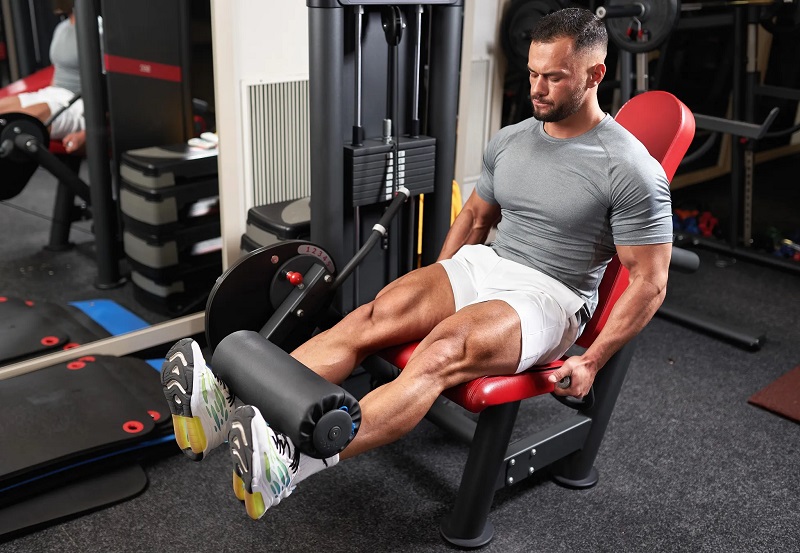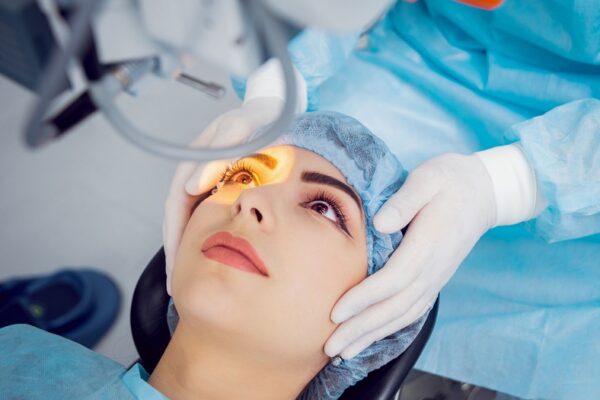The leg press stands out as a compound exercise, meaning it engages multiple muscle groups simultaneously. Primarily targeting the quadriceps, hamstrings, and glutes, the leg press is excellent for building overall lower body strength and muscle mass. Its design allows for heavier loads compared to leg extensions, facilitating greater muscle hypertrophy, especially in the quadriceps. Beyond aesthetics, the leg press contributes to functional strength necessary for everyday activities like squatting, lifting, and climbing stairs. A crucial advantage is the reduced stress on the lower back compared to free-weight squats, making it a safer alternative for individuals with back issues. The leg press allows for variations in foot placement to emphasize different muscle groups, adding versatility to your training.
Leg Extension: Targeted Isolation
The leg extension exercise is an isolation movement focusing primarily on the quadriceps. It allows for a highly targeted approach, enabling you to concentrate on building definition and strength in the quadriceps muscles. This isolation can be particularly beneficial for individuals recovering from injuries or those needing to address muscle imbalances. However, the leg extension has been criticized for its potential to place undue stress on the knee joint, especially when performed with heavy weights or improper technique. The fixed range of motion can limit the engagement of stabilizing muscles, which are crucial for overall joint health. Choosing the leg extension alternative would be essential.
Alternatives for Muscle Growth
When aiming for muscle growth, exercises like squats and lunges serve as excellent alternatives to both the leg press and leg extension. Squats engage a wide range of muscle groups in the lower body and core, promoting overall strength and muscle development. Lunges offer the added benefit of improving balance and coordination while also targeting the quadriceps, glutes, and hamstrings. For those seeking a machine-based option with less joint stress, the hack squat machine provides a biomechanically sound alternative to the leg press. These alternatives provide a well-rounded approach to muscle growth.
Alternatives for Joint Health
For prioritizing joint health, consider exercises like hamstring curls, glute bridges, and calf raises. Hamstring curls target the muscles at the back of the thigh, which are essential for knee stability. Glute bridges strengthen the glutes and lower back, helping to improve posture and alleviate pressure on the knees. Calf raises contribute to ankle stability and can alleviate stress on the lower body joints. Focusing on strengthening the surrounding muscles helps promote joint health and reduce the risk of injury.
Making an Informed Choice
There is no universally “better” leg exercise, the ideal choice depends on your individual goals, fitness level, and any pre-existing conditions. If your goal is maximizing overall lower body strength and muscle mass while minimizing lower back stress, the leg press could be a good option. If you aim to isolate and target the quadriceps for specific muscle development or rehabilitation purposes, the leg extension might be useful. For those seeking functional strength and balanced muscle development, squats and lunges are excellent choices. Always prioritize proper technique, controlled movements, and appropriate weight selection to protect your joints and optimize your training.





